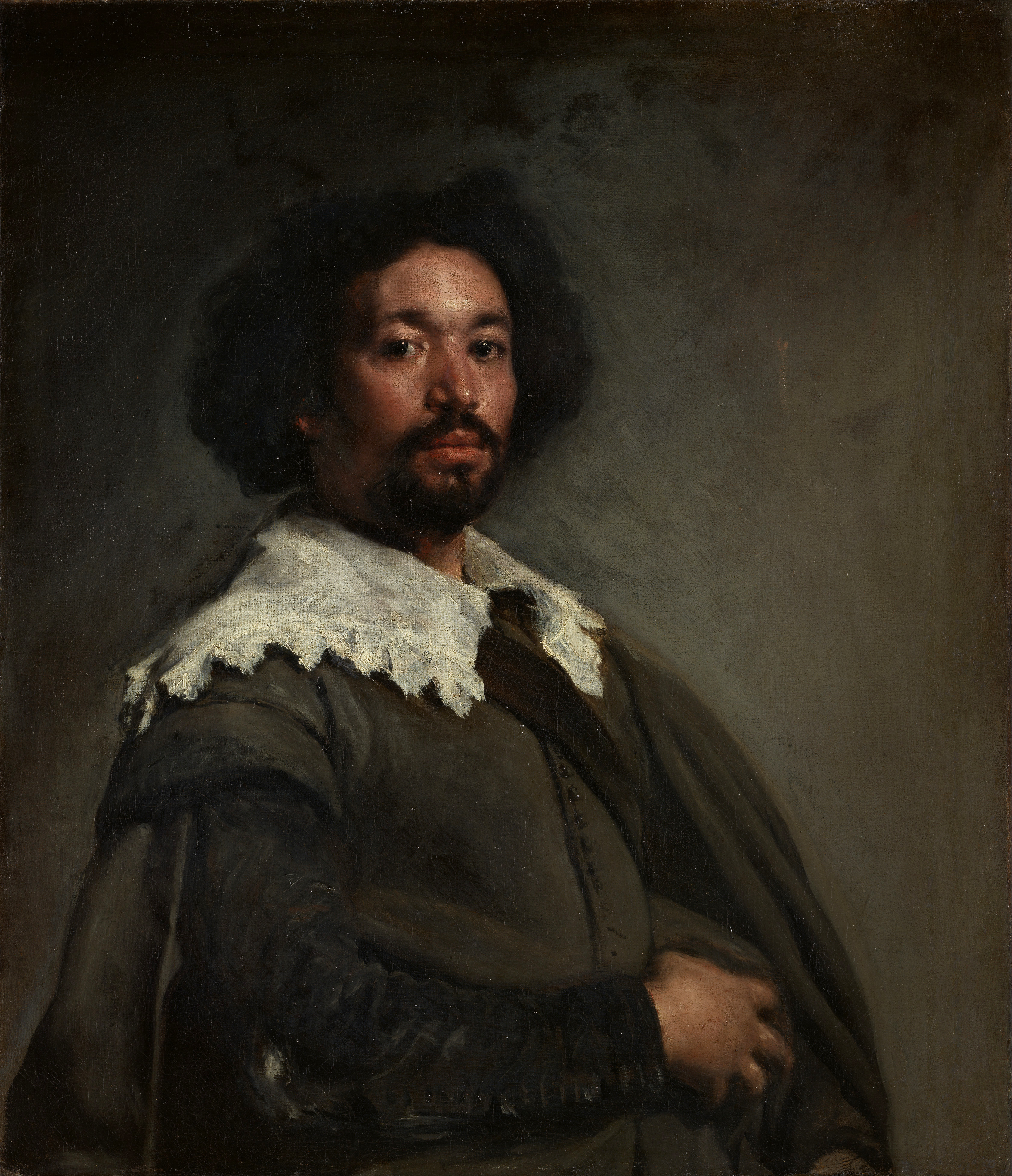Brett Ashley Kaplan
VANDERVELDE DOWNS

Vandervelde Downs (a novel) uses a multivocal, braided structure to explore what happens when multiple strands of refugeeism and migration interfuse with looted art. The main character, Poppy Solomon, is the daughter of a Kindertransport survivor, Vera, who spent time in a Vietnamese refugee center in provincial England befriending a mysterious Belgian gentleman who, it turns out, was a Nazi-sympathizing art looter. Mai Le Duong, a painter who was one of the refugees at the center, offers key testimony as loss, displacement, and trauma arising from the Holocaust and Vietnamese refugees are put into fantastical conjunction through a fictionalized version of Velázquez’s stunning, arresting portrait of his slave Juan de Pareja. The fictionalized version of the painting becomes a metaphor for overwriting and displacement as Poppy, with the help of Art Crime Agent Maxwell Johnson, tries to recover this work, looted from her family: it’s a portrait of a slave that gets transported back and forth over the Atlantic, fallen in love with and cathected onto by Poppy, Max, and Mai. They each stem from families with complex legacies striated with trauma: Poppy has inherited survivor guilt, Max has a lot to live up to in his aunt, a hero who helped save looted art, Mai struggles with what it means to have been uprooted from Vietnam, knowing she can’t go back while making a home in England. And Vandervelde? He’s one of the most mixed-up art looters you can possibly imagine.
